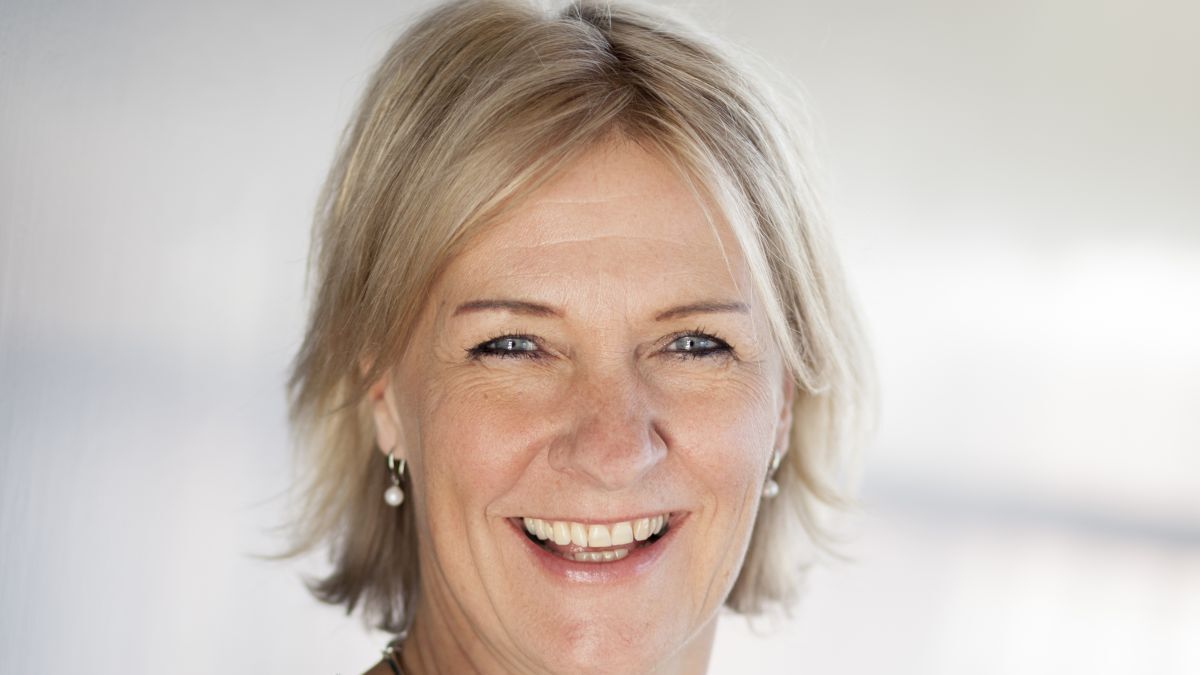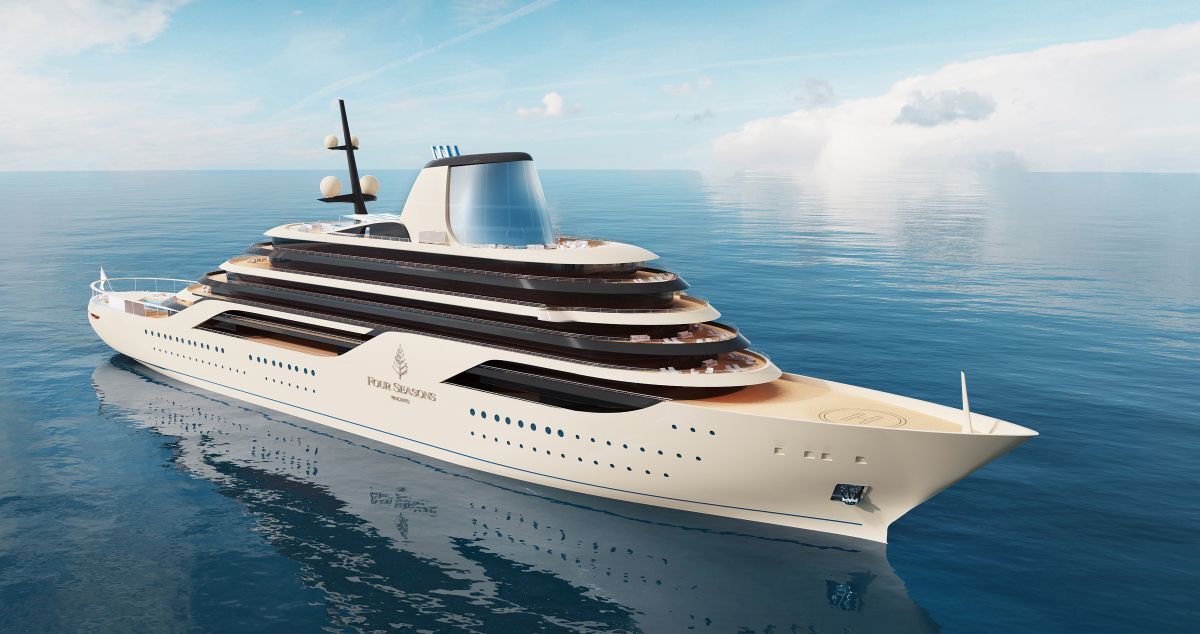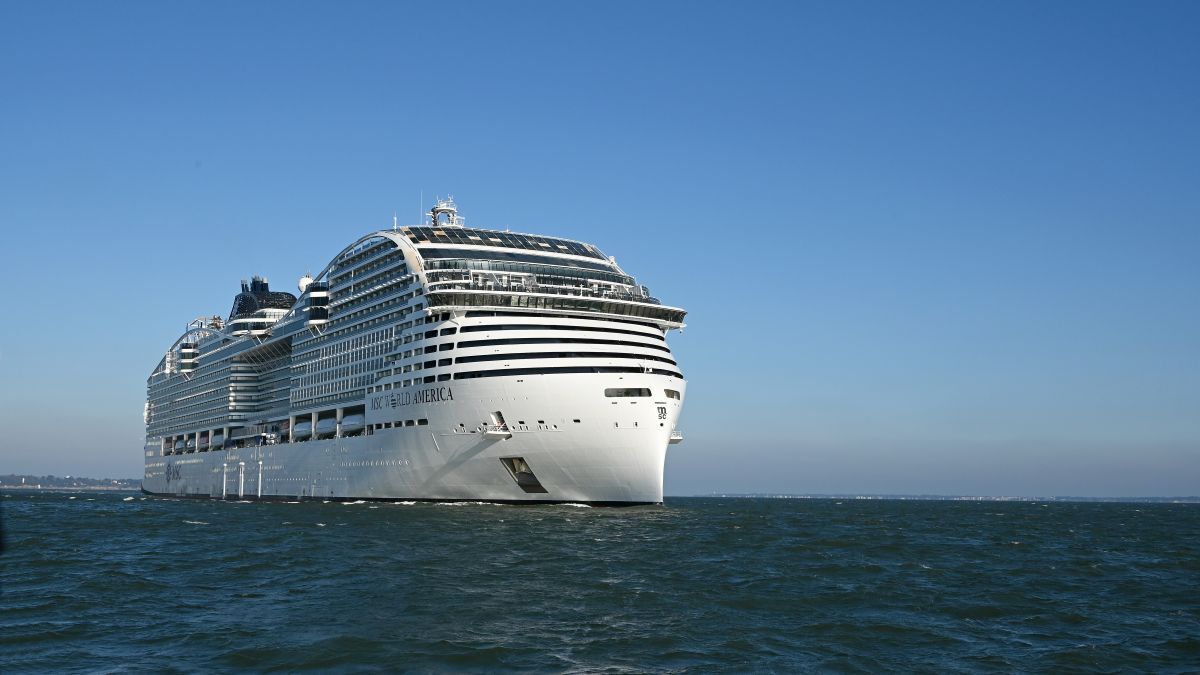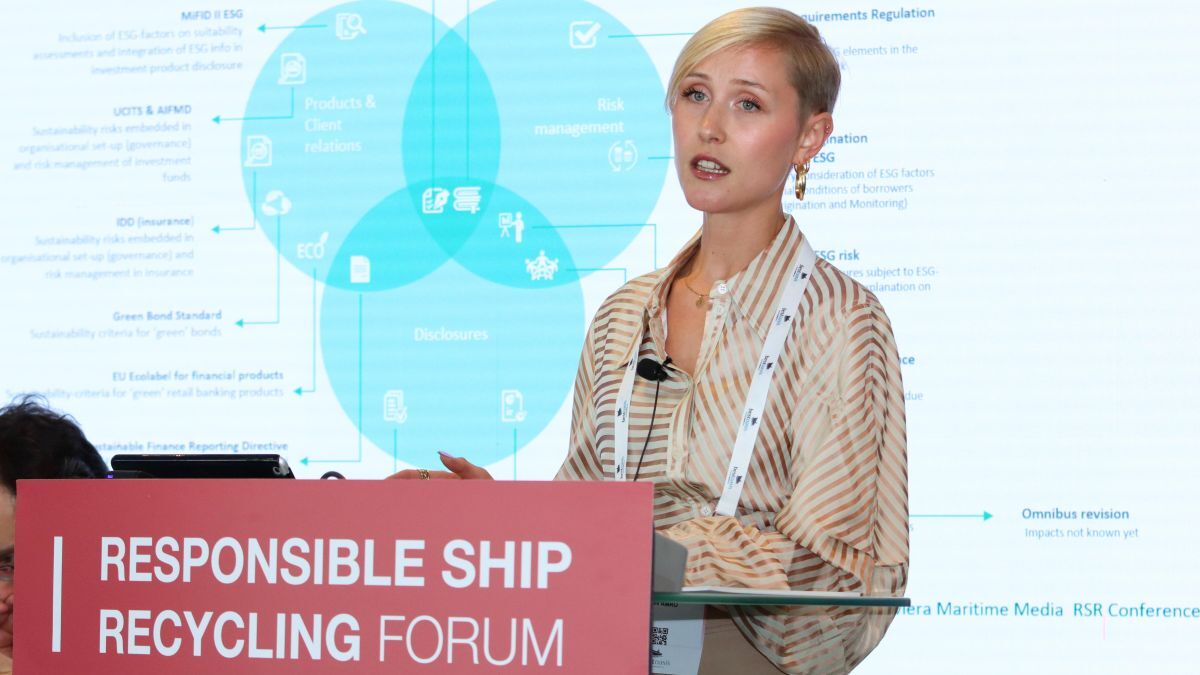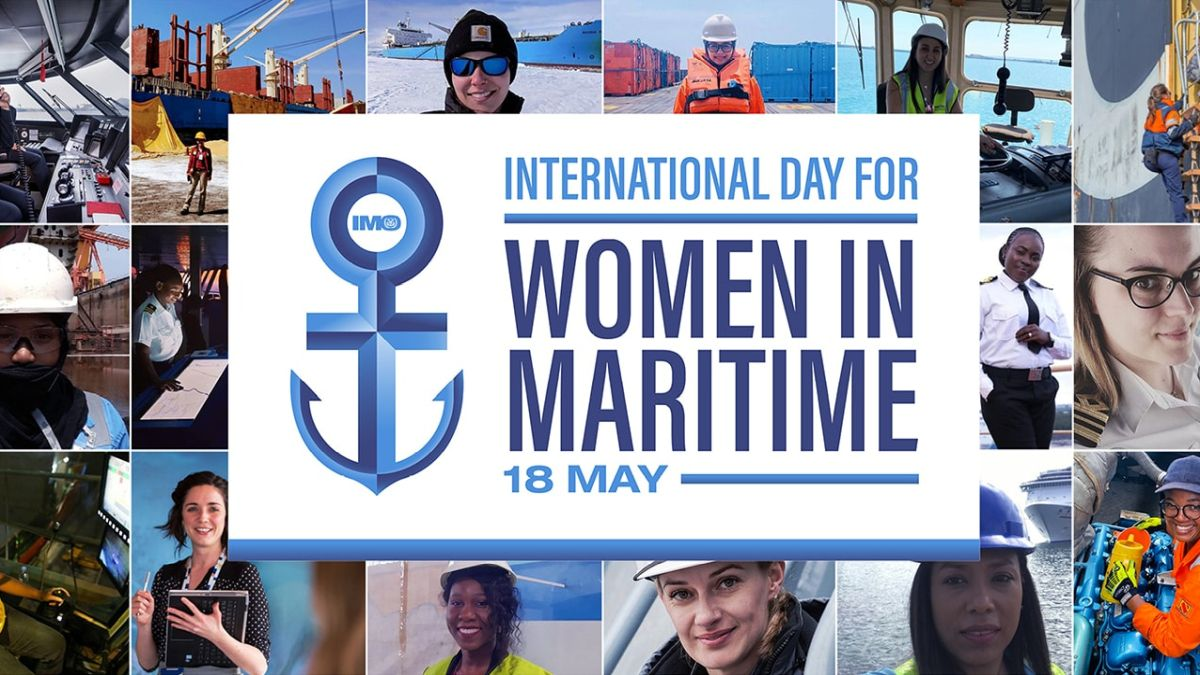Business Sectors
Contents
Advanced composite form aids catamaran design
New catamaran designs from Germany benefit from advanced composite construction methods, enabling lighter hulls to offer ferry operators significant fuel savings
New catamaran designs from Germany benefit from advanced composite construction methods, enabling lighter hulls to offer ferry operators significant fuel savings
Catamarans are widely used for passenger carrying because of the large deck area available for passengers. However, such designs often have to be a compromise between passenger space and sea-going ability, so in smaller sizes their use tends to be restricted to more moderate conditions. Now, a German builder, Baltec Werft, is offering new designs that are claimed not only to have better seakeeping but also to be much more fuel efficient.
The benefits of these new blueprints stem from both advanced construction methods and a different hull shape. Hulls are constructed in composites, but instead of using the normal expensive moulds for forming the structure, they are built up from composite panels that are cut to shape and then glued together.
These panels can be constructed to a much higher and consistent quality than is normal with moulded composites, so that there is a minimum of weight in the final structure, claims the builder. Aluminium honeycomb or foam is used as a filling in the sandwich panel, depending on the location and strength requirements of the final structure.
Whilst there will always be a degree of waste in cutting construction panels from large sheets of material, this form of structure allows the panels to be cut under computer control, with a minimum of waste but with a very high degree of accuracy. Labour costs, which form a high proportion in any moulded structure, are also limited so that the economics work out well in favour of this new construction system.
This important headway has largely been made possible by the development of advanced glues that means that there should be no weakness in assembled joints. Another factor is that a catamaran hull requires a minimum of curved panels, which is one reason for adopting this hull form for use with the novel construction technique.
The method allows the construction process to be highly mechanised, with the epoxy resin glues being sprayed into the joints as a filler. Assembly is quick and does not require a highly skilled labour force, with the resulting structure of consistent high quality. Baltec Werft, which developed the method, claims that its hull structures are 50 per cent lighter than an equivalent aluminium hull and that this can lead to significant fuel savings on ferry operations.
In terms of form, the Baltec catamarans are based on long slender hulls. The company’s Ocean Runner designs have the bow sections extending well forward from the superstructure to create a wave piercing shape; the latter will lift to a wave before the wave can impact with the cross deck.
Such wave impact on a cross deck is usually the limiting factor in catamaran designs as far as seaworthiness is concerned. On the Ocean Runner designs, the cross deck is also set higher than normal, such that Baltec claims that its catamarans can operate in more adverse conditions than competitors’ designs.
Baltec Werft was originally located in eastern Germany, but is now established in Lübeck. It has specialised in translating aircraft sandwich composite construction into marine structures and has developed and built many innovative designs. For ferry operations, Baltec is promoting the F360, a 36m long design capable of carrying 250 passengers. This is powered by four Volvo Penta D16 diesel engines each developing 357kW (478 bhp). These are coupled to fixed pitch propellers in a conventional shaft layout to give a maximum speed of 30 knots and a service speed of 25 knots.
Another design is a tourist vessel based on a hull with an extended superstructure and suitable for calmer waters. This has a length of 38.2m and can carry 250 passengers on river and lake cruises. Baltec has developed a diesel electric drive for this version, with two 50kW generators supplying power to both two 42kW electric motors and for the hotel load. This design has a claimed speed of 16 knots when empty and a service speed of 12 knots.
Currently in operation are Baltec designs for a 20m pilot vessel and 20m workboat/ survey catamaran. A feature of all models is low wash, which makes them suitable for inland waters as well as in the open sea. FT
Related to this Story
Events
TUGTECHNOLOGY '25
Reefer container market outlook: Trade disruption, demand shifts & the role of technology
Asia Maritime & Offshore Webinar Week 2025
Marine Lubricants Webinar Week 2025
© 2024 Riviera Maritime Media Ltd.






